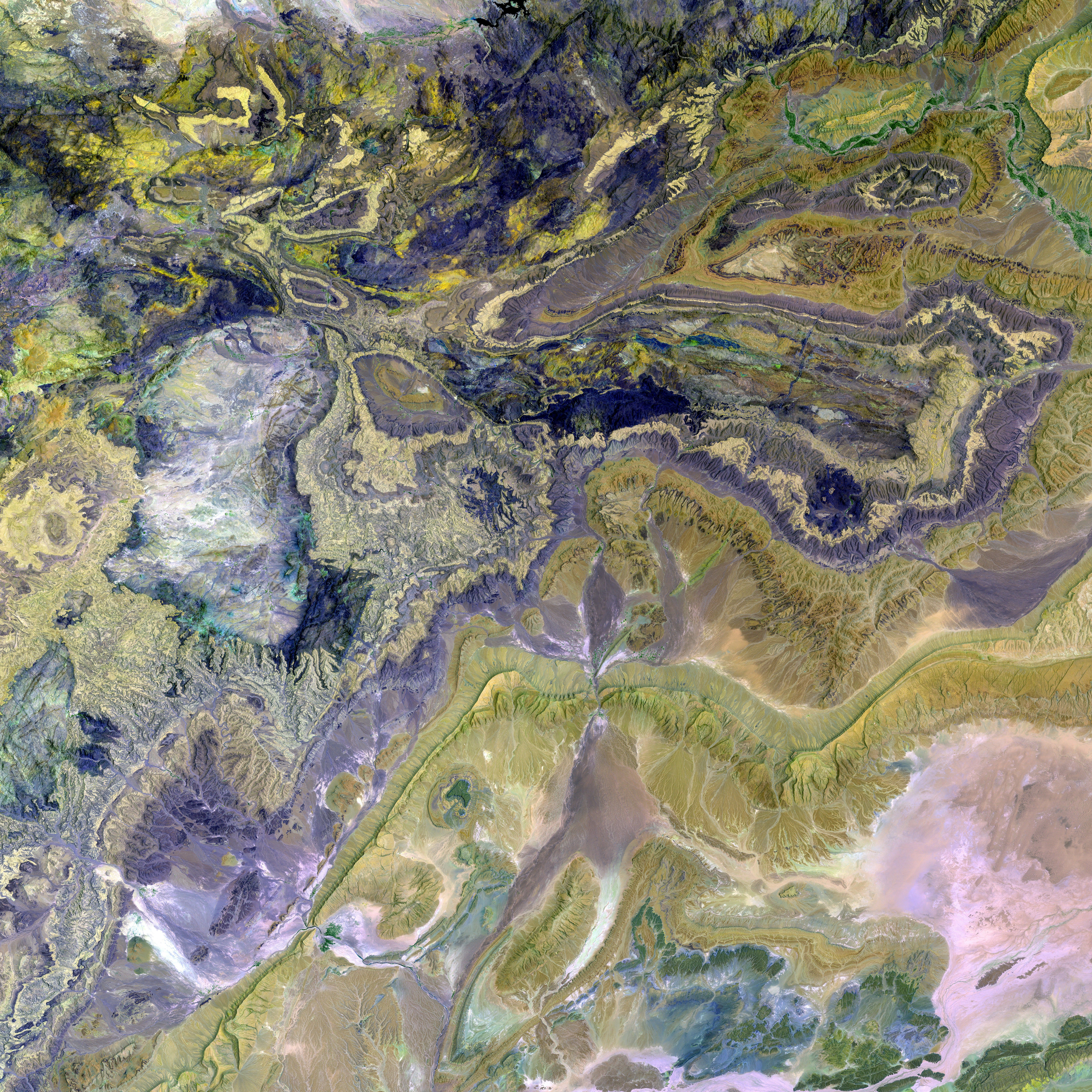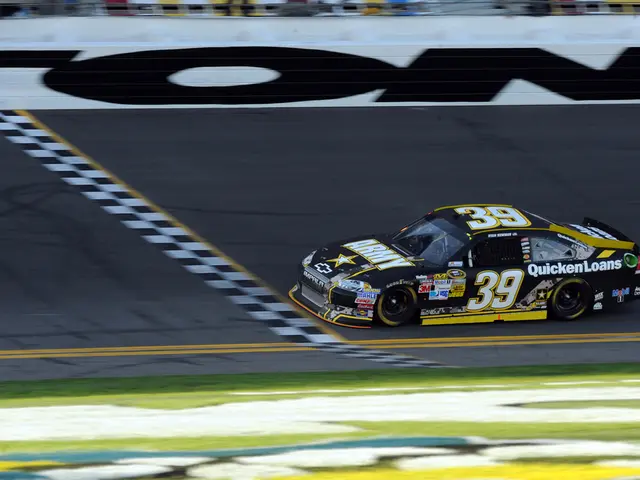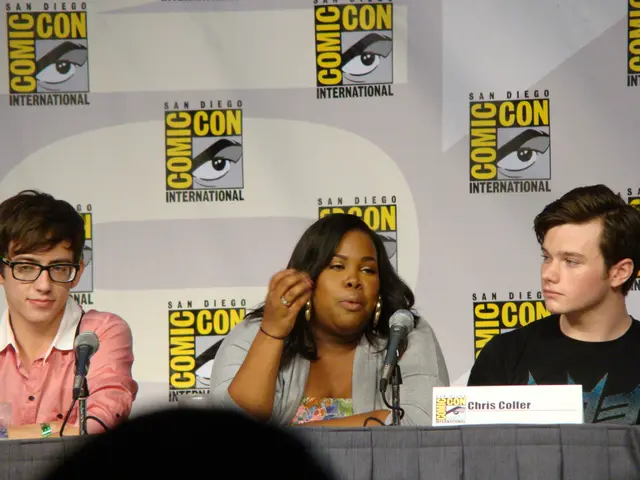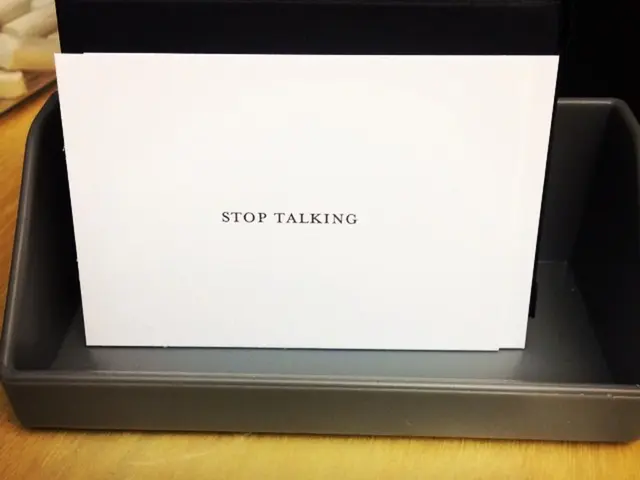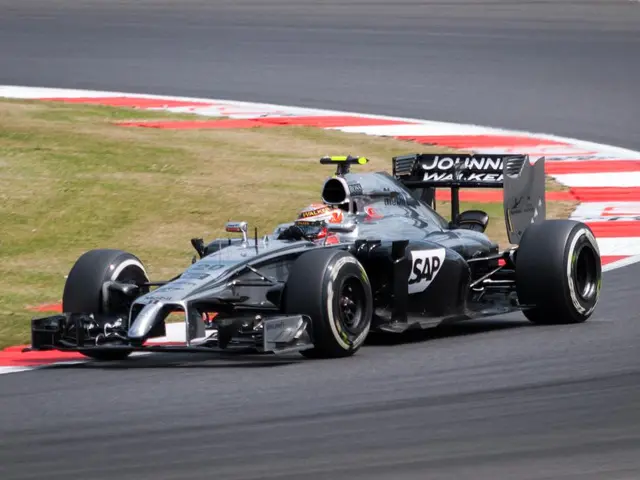Breakdown of the Ukraine-US Ceasefire Agreement Scenario
Ukraine and U.S. negotiate truce; Russia responds with measured response - United States and Ukraine Announce Ceasefire Agreement: Russian Response
Catch the gist of the ongoing situation between Ukraine and Russia, thanks to vague follovers from the White House and the Kremlin.
Here's the Dish
Russian spokesperson Dmitri Peskov promises contact with American authorities in the near future, leaving the door open for a possible high-level phone chat between Putin and Trump. On the other hand, US Secretary of State Rubio announced that Washington has already reached out to Moscow regarding the Ukraine-US ceasefire agreement.
If the Russians play ball, according to Rubio, it could pave the way for peace. However, any rejection from Moscow raises serious red flags, suggesting their intentions may lie far from the negotiating table.
Ukrainian President Volodymyr Zelensky stated that both his country and the US have expressed their positions, leaving the decision to Russia on whether to seize the opportunity for a ceasefire or prolong the conflict.
Uncertainties Remain
The Kremlin has been adamant about its reluctance to agree to a ceasefire, as it fears that it would grant Kyiv the time necessary to rearm. If Russia continues to reject any truce, it may face new "sanctions" from Washington.
European leaders, such as German Chancellor Olaf Scholz, have expressed support for the proposed ceasefire and urged Putin to take a step towards a just peace for Ukraine. China, while neutral, has also expressed hope for a "sustainable and lasting peace plan."
Сautious Optimism in Ukraine
Ukrainian civilians, like Oksana Ewsukowa, remain skeptical about the true impact of a 30-day ceasefire, given the existing political situation. The residents of Kyiv are uncertain whether Russia will even entertain the proposal.
Negotiations between US and Ukrainian delegations in Saudi Arabia resulted in a surprising breakthrough: Ukraine consented to support the US proposal for a 30-day ceasefire. In exchange, the US agreed to resume military aid and provide intelligence to Kyiv once more.
Both sides also agreed to finalize the previously frozen agreement on Ukrainian raw materials "as soon as possible." The agreement was reached despite a recent shift by the US towards the Kremlin's positions.
Potential Gains for the US
This agreement could grant the US a "legitimate interest" in Ukraine's security, according to US Secretary of State Rubio, though formal guarantees have yet to be promised. Europe's involvement in any potential agreement between Ukraine and Russia remains a question mark, with Rubio emphasizing that the continent "must be involved."
However, Russia might seek the lifting of European sanctions as a condition for negotiations. Keep your eyes peeled for further developments on this intricate dance between allies, adversaries, and shifting allegiances.
The Usual Suspects
Key players include, but are not limited to: Ukraine, Moscow, Russia, the US, Kyiv, the Kremlin, Washington, Dmitri Peskov, Vladimir Putin, Donald Trump, Olaf Scholz, Volodymyr Zelenskyy, NATO Secretary General Mark Rutte, and the European Union.
- Russian spokesperson Dmitri Peskov has promised contact with American authorities, potentially setting the stage for a phone conversation between Putin and Trump, as announced by US Secretary of State Rubio, who stated that Washington has already reached out to Moscow regarding the Ukraine-US ceasefire agreement.
- European Union leaders, including German Chancellor Olaf Scholz, have expressed their support for the proposed ceasefire and urged Putin to take a step towards a just peace for Ukraine, while China has also expressed hope for a sustainable and lasting peace plan.
- The European Union, with Rubio emphasizing the need for European involvement, has also expressed its concern at the situation in the Middle East and the former Soviet Union, potentially offering a varying perspective on the negotiation table.
